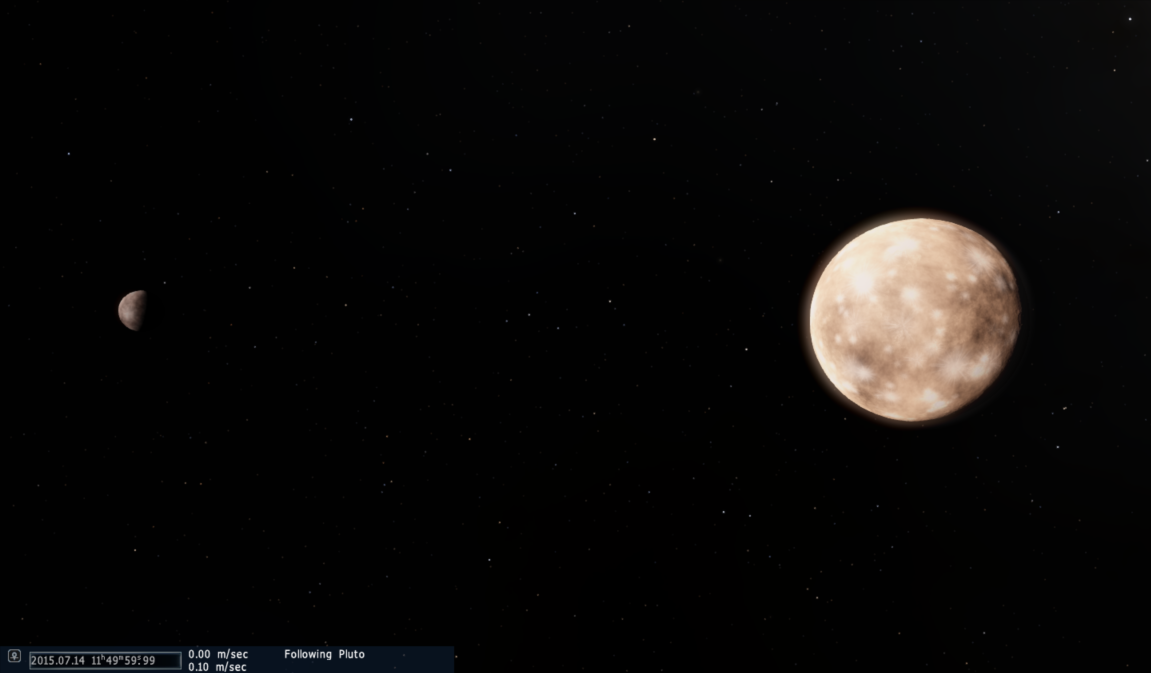
Edge of the Solar System
NASA’s New Horizons has been making history and gathering intriguing data. It is moving incredibly quickly towards the edge of our solar system. The craft is over 3 billion miles from Earth and at a distance like that, for communication to go back and forth it takes about 8.5 hours. So, the spacecraft had to be equipped with some automatic capacity to deal with issues it encounters that deep in space. Judging by the way this past weekend’s anomaly was dealt with, the craft and its programmers were very successful.
Anomaly and Recovery
Over the weekend, New Horizons went into “safe mode” and so all scientific data gathering functions were paused. On July 4th, the machine had a memory irregularity after a software update and went into the backup “safe mode” in order to protect itself from failing entirely. The NASA team lost contact with the spacecraft during this time. It only took 90 minutes for an investigative team to re-establish communication with the craft. Now, New Horizons is back in full operation and out of “safe mode” ahead of one of the most important legs in its mission, the Pluto system flyby.
The Flyby
On July 14th, New Horizons will finally reach the Pluto system. It will get close, down to 7,800 miles above the dwarf planet’s surface. “This object is unlike any other that we have observed,” Alan Stern, New Horizons principal investigator, said. “Both Pluto and Charon are already surprising us.” We already discovered Pluto is actually red, may have primordial methane and that it has mysterious dark spots, during the flyby, we’ll discover even more!
Sources: Universe Today
Image: Reddit, Sky and Telescope
